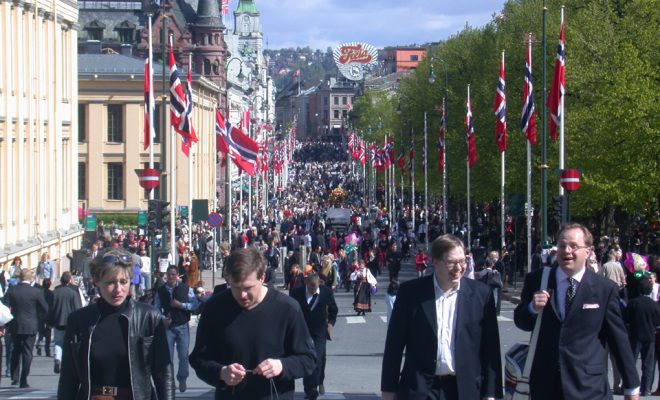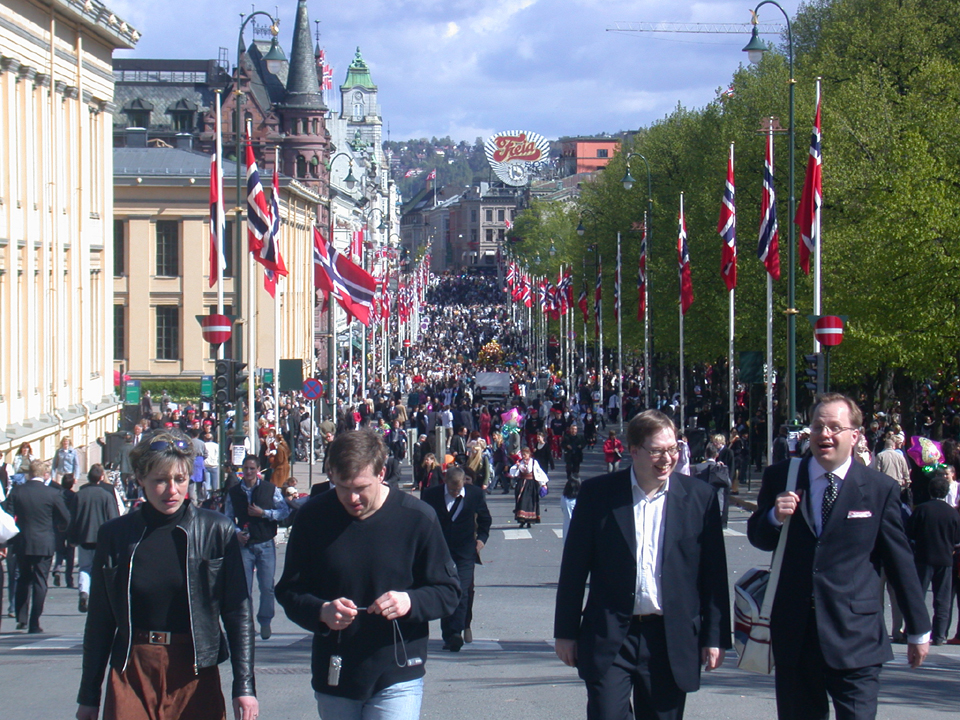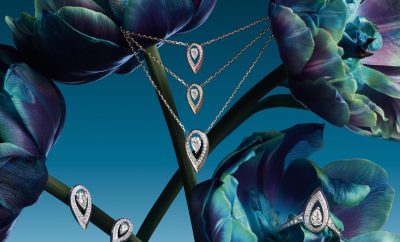
Hot Addresses & Passport
Remarkable Oslo
Aker Brygge is the recently developed dock area in the very centre of Oslo. With a lively retail section and many dockside bars and restaurants there is a happening quayside bustle. To the west, on the edges of the Vigeland Sculpture Park, Frogner is a chic district dotted with cafes and interesting boutiques. On the eastern edge of town, in Tøyenbadet Park, lies the Munch Museum, which houses the vast collection left to the city by Edvard Munch, as well as the Botanical Gardens and the Tøyenbadet swimming pool complex.
The peninsula of Bygdøy, with its fascinating collection of nautical-inspired museums and desirable residential areas, is a short ferry ride away from the City Hall.
The Rådhus (City Hall), which lies midway between the Royal Palace and Akershus Slott, is a short walk from Oslo Cathedral, the Domkirke, and the nearby market of Stortorvet. It is surrounded by museums and theatres and is a perfect starting point for an exploration of the town centre or for undertaking a cruise on the fjord from nearby Pier 3.
Karl Johans Gate
This is Oslo’s main street, a pedestrian area leading from the central station to the palace . Visitors can watch the world go by at one of the street’s numerous watering holes or simply follow the crowds down the road, past street vendors and entertainers, past the parliament , national theater , Grand Hotel and the university . With hundreds of different shops, the street is also a Mecca for shopaholics. The park between the parliament and national theater is turned into an ice rink in the winter.

Nor Moske
The first mosque in Oslo became famous after being blown up by an unexploded Nazi bomb some 20 years ago. It survived, and still belongs to Oslo’s only Ahmadiyya congregation, which is also building a new mosque at Furuset. A rather controversial congregation, the Ahmadiyya consider themselves an integral part of the Moslem family, while most other Moslems unfortunately think they are heretics. The Ahmadiyya congregation keeps a rather low profile, and does not want to attract attention by calling publicly for prayer, like traditional Mosques do.
Kvadraturen
Kvadraturen is the heart of Christian IV’s town Christiania, built after the town of Oslo was burnt down in 1624. The city was not renamed Oslo until 300 years later. The sculpture on Christiania Torv square symbolises the King’s words, when he decided “The new town will lie here.” A statue of the king himself can be found on Stortorvet . Kvadraturen offers fine dining at Statholdergaarden , Mediterranean dishes at Celsius or dine in modern elegance at Brasserie Hansken
St. Hanshaugen
One of the quietest green spaces in the city, this park is situated on a hill, with paths flanked by leafy old trees. St. Hanshaugen lies between Ullevålsveien, Collettsgate and Geitmyrsveien. Climb to the top of the park, and you can enjoy refreshments at the outdoor cafe. Various kinds of entertainment are offered during the summer season. A little stream runs through the park, with a small pond at one end.
Bogstad Gård
Magnificently situated by lake Bogstad, on the outskirts of Oslo, this manor house is in nearly the same condition as when it was built at the end of the 18th Century. The manor has been the home of several wealthy Norwegians, amongst them the former Prime Minister and industrialist Peder Anker. Outdoors, you can take a walk in the romantic, landscaped gardens.
The Munch Museum
After Edvard Munch’s death on the 23 January 1944, it was learned that he had bequeathed all the works in his possession unconditionally to the City of Oslo. This magnificent bequest comprised some 1,200 paintings, 4,500 drawings, 18,000 prints, 6 six scupltures, in addition to lithographic stones, woodcut blocks and etching plates, and a large collection of notes, books, newspaper cuttings and other documents. Munch’s sister, Inger, has subsequently donated a number of other paintings and drawings, as well as Munch’s comprehensive correspondence. The net result is a unique body of material for studying the artist’s life and work. To ensure that the public would benefit from this gift, the Oslo City Council decided in 1946 that a special Munch museum be built. An architectural competition was organized in 1951, and the museum was opened to the public on 29 May 1963.










0 comments